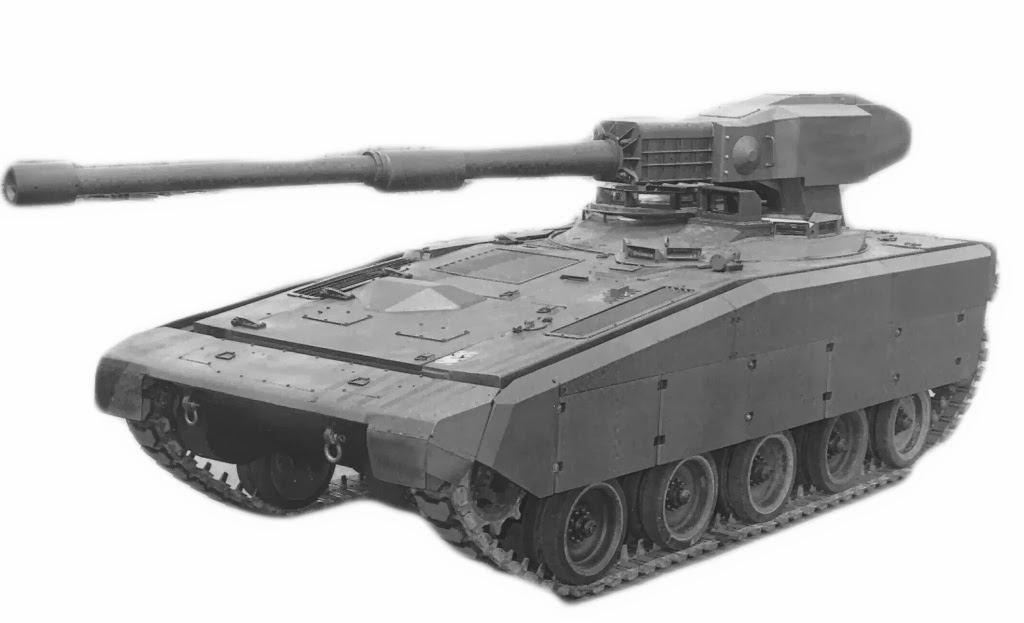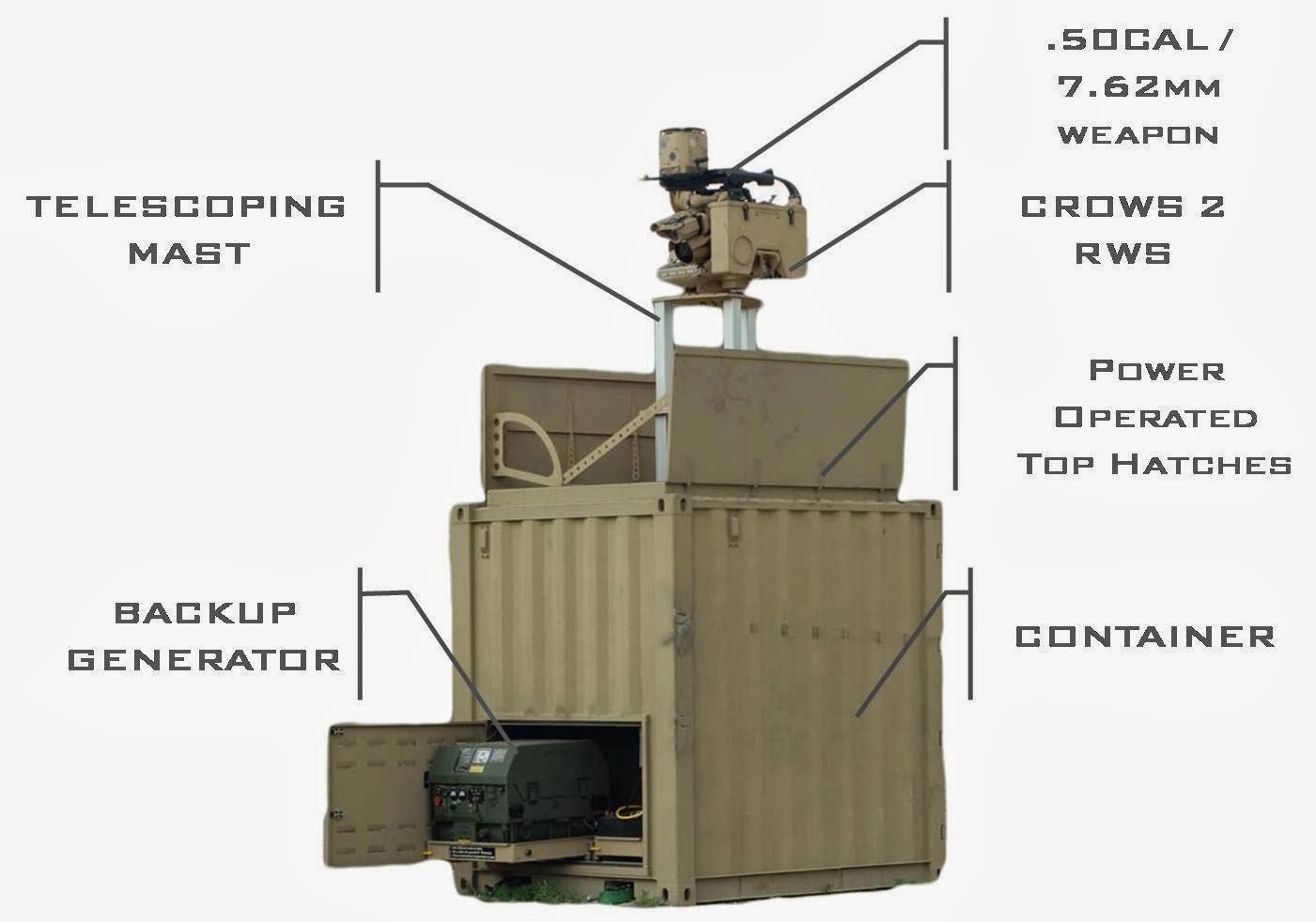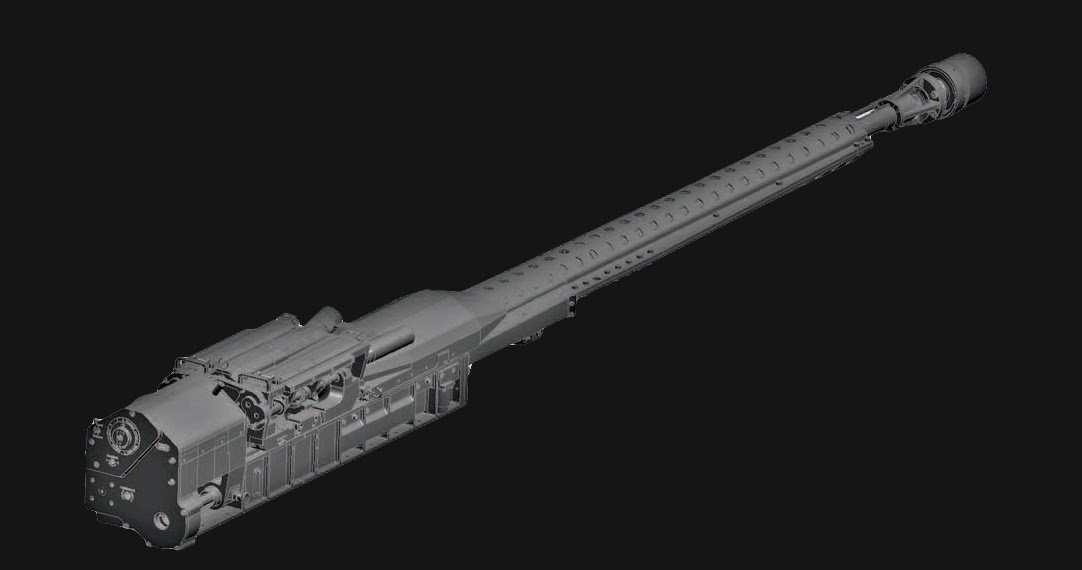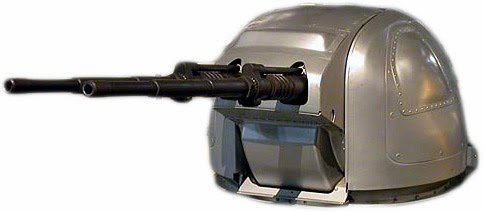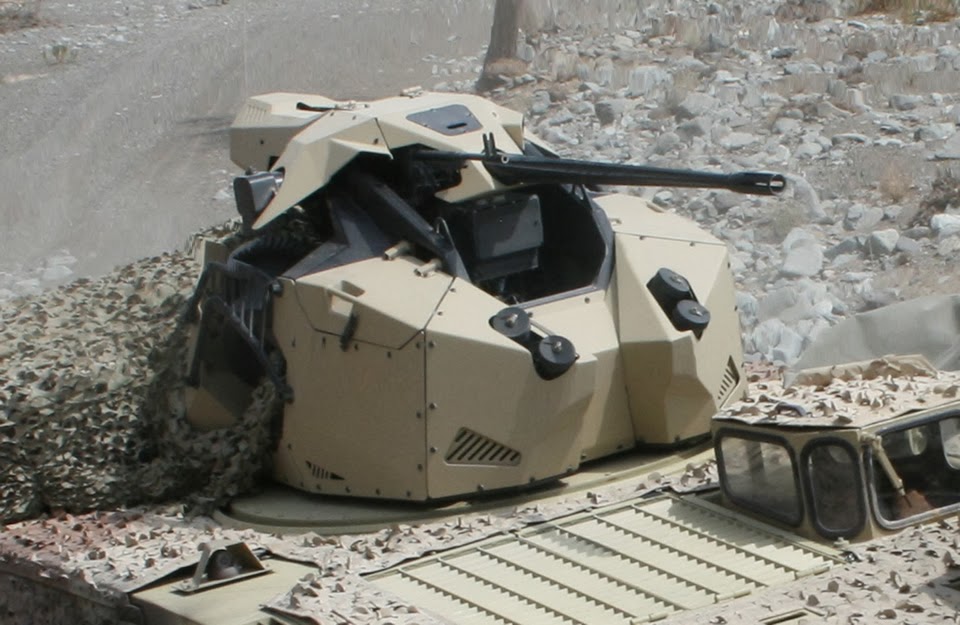Kongsberg's Remote Sentry:
CONTAINERIZED WEAPON SYSTEM
Following the success of their Protector Remote Weapon Station family, Kongsberg has come up with a weapon system aimed specifically at base defense: Containerized Weapon System or CWS for short.
In a typical forward operating base, there are two by four plywood guard towers manned by soldiers, doing sentry duty under immense danger.
There comes the CWS into play. It takes the sentry from the tower to a secure, environmentally controlled location up to one km away from the remote system.
CWS can be transported on a truck, slung loaded under a Chinook helicopter or towed with its dedicated trailer.
The main components are shown below:
CWS is tethered to the command center via secure fiberoptic cable.
In a typical scenario:
-CWS is transported into location,
- It can be powered from
i. Its dedicated 1.200W solar array
ii. Built-in backup generator
iii. Power from nearby vehicles
iv. Conventional 110V AC circuit
- Top hatches opened
- Mast with RWS raised to position and locked
and the system is ready to operate from the command position. The command position can be up to 1km away from the system.
CWS can get feedback from external sensors via electro-optic recon pods, sniper detection systems and perimeter security sensors and automatically slewed to the detected threat for further evaluation by the operator.
CWS's bite is coming from a CROWS 2 remote weapon station that can be equipped by a .50cal M2 heavy machine gun or 7.62/5.56mm general purpose machine guns.
We will probably be seeing CWS systems deployed to forward bases and facilities in near future.





